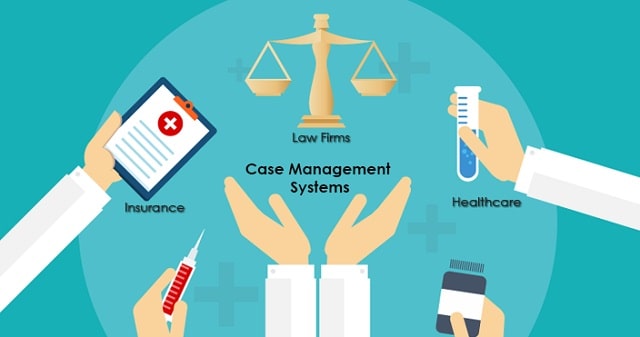
As human services organizations strive to meet growing community needs with limited resources, leveraging the right technology solutions becomes all the more important.
Case management system software offers a powerful way for nonprofits, government agencies, and social service providers to streamline operations and better serve clients.
By centralizing client data and automating workflows, case management platforms like Casebook help human services groups maximize efficiency, track measurable outcomes, and scale their impact. This article explores how investing in a robust case management system yields significant returns.
Centralized Client Records For Streamlined Collaboration
Juggling paper files or fragmented digital records creates headaches for caseworkers and inhibits holistic care. Case management software consolidates all client information - from notes and assessments to services received - into a single, comprehensive record accessible anywhere digitally.
This SaaS program solutions eliminates duplicate documentation and enables real-time collaboration between staff in the office or field. Caseworkers save time previously spent chasing down files or coordinating care through improved communication tools like task assignment and secure messaging. Timely access to complete records also prevents service gaps from staff changes.
Data-Driven Program Management And Reporting
Aggregating data from individual cases, a case management platform surfaces valuable insights to inform strategic decisions. Program managers can easily monitor caseloads, track key performance indicators, and spot trends - like most common barriers clients face - to shape effective policy responses.
Automated reports save weeks of labor compared to manual compilation. Standardized metrics help justify budgets and grants, while customized reports satisfy funder requirements. Data analytics also reveal what is working to scale up successful interventions and retire ineffective ones, continuously strengthening programs.
Scaling Impact Through Workload Management
As customer needs mushroom, human services groups frequently struggle to keep pace while retaining quality. Case management systems facilitate workload balancing and expansion. Features like intelligent case assignment optimize resources and distribute new intakes based on caseload size, staff expertise, and location.
This allows agencies supporting thousands of clients to operate with fewer case managers than relying on unassisted workload distribution. Digitizing routine tasks like file uploads, authorizations, and correspondence further frees up staff capacity. With insights to identify unmet needs, organizations can demonstrate the value of expanding programs and services to new communities.
Maximizing ROI With Cost-Effective Technology
Considering factors like optimized staff productivity and enlarged capacity for supportive services, case management software delivers high returns relative to costs. Flexible pricing models based on user counts rather than unpredictable server setups and support make budgeting simple.
Preventing even a few licensing errors, duplicative intakes, or misplaced records through digital organization easily outweighs software licensing fees. As systems gather more usage and outcome data over time, the value they provide increases - positioning organizations to meet their missions for years to come sustainably.
Maximizing ROI With Case Management System Software Conclusion
In summary, human services groups enhancing service coordination and decision- making with case management system software see measurable benefits. Centralized records, workload optimization, program analysis, and scalability boost efficiency, allowing these vital organizations to serve more clients in need despite constraints. The returns make such technology investments highly cost-effective for maximizing social impact over the long run.
